Simgot EM6L Hybrid IEMs – Budget Prodigy Sound
Simgot EM6L is a 109 USD entry-level IEM or Earphone which many folks have been enthusiastic about, and which has a nice design, cool cable, and which follows the H-2019 Curve, just like a couple of IEMs I reviewed recently. Today we will be reviewing the EM6L and compare it to other entry-level IEMs, including HIDIZS MS3 (109 USD, and also follows the H-2019 Curve), ddHIFI Janus 3 (129 USD), and Tangzu Fudu Verse 1 (89 USD).
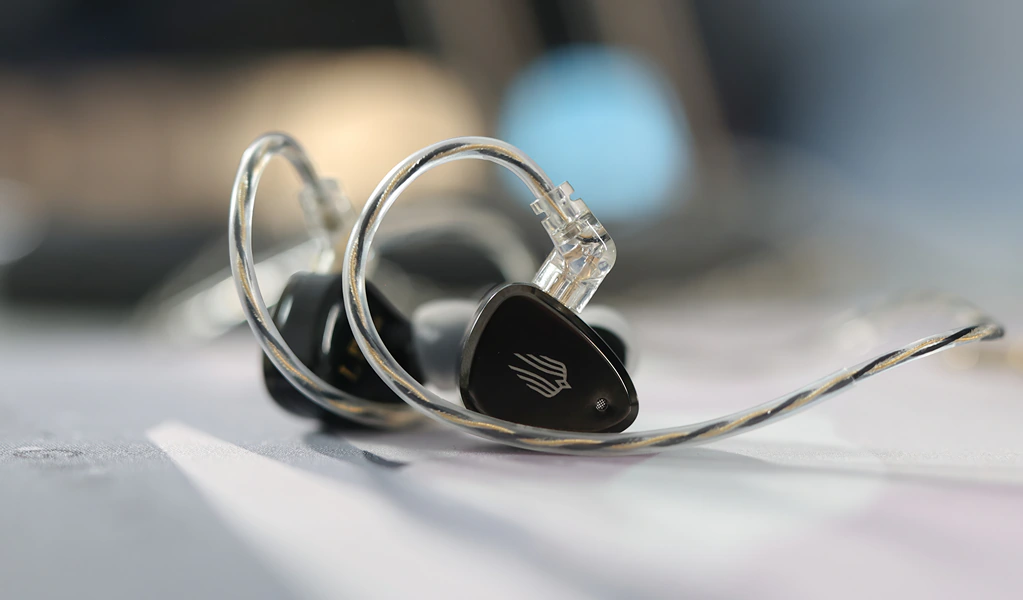
Introduction
Simgot is a company that has been really popular with music lovers recently, thanks to some overachieving IEMs that delivered a really nice sound for the price, and which have surprised those who heard them. As a company, they make solid, entry-level products, and today we will also explore a bit more why they took the world by surprise. As an Amazon Influencer, I earn from qualifying purchases, and using the purchase links in my reviews helps me maintain this website and Youtube Channel. I thank Simgot for providing the sample for this review, in exchange for my honest opinion.
PROs – Great Price / Performance Ratio, Good Comfort, Clean Sound, Good Resolution, Clarity is a plus, Super nice build quality, Ergonomic design, Great default cable.
Cons – Grainy upper midrange and treble, Midrange can be unnatural at times, Becomes sharp and metallic at high volumes, Sound can be improved with aftermarket tips a lot.
Product Link
You can grab one from www.amazon.com here – https://amzn.to/4axaChE
Build Quality/Aesthetics/Fit/Comfort
One thing that hits the nail really well for first impressions is the comfort and a stealthy design, both of which EM6L delivers nicely. This is a small IEM with a metallic shell, a QDC or 2-Pin recessed connector between the IEMs and the cable, and it is made to look neat and clean, while being comfortable.
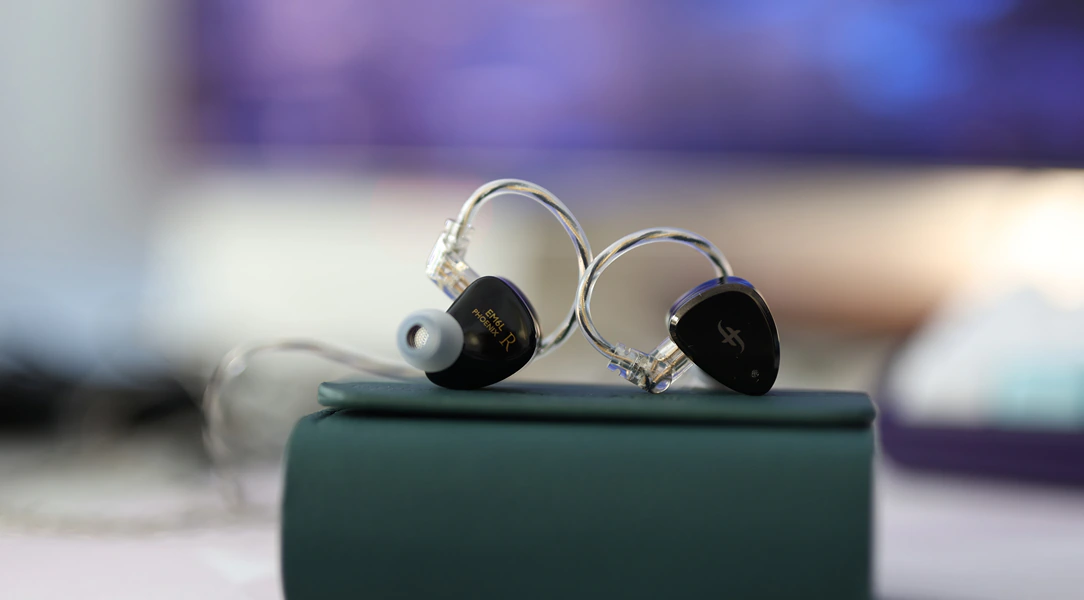
As with most entry-level IEMs, the inner driver configuration is slightly less important than the actual sound and performance, and EM6L has a 1 Dynamic Driver + 4 Balanced Armatures design, and it follows the H-2019 Curve, just like HDIZIS Ms3 which we reviewed recently. This curve is actually slightly less natural sounding than the Harman curve, but it creates hype and it is easy to make it sound dynamic and punchy, for entry-level IEMs.

Simgot EM6L is fairly easy to drive, but somewhat sensitive to source noise too, so you’re best off using a source with a low output impedance. The H-2019 Curve it follows is a new tuning curve that Chifi IEMs in particular seem to be following recently, and it promises to help with the soundstage and create a cinema-like audio adventure. The housing of EM6L is made of 3D Printed Resin, with a CNC machined faceplate.

The cable is made of High Purity OFC or Oxygen Free Copper, and it has a black and white litz inside which looks really nice in person. The technical data shows a SPL of 119dB, an impedance of 26 OHMs. We have One Dynamic Driver for the low-end, and two sets of 2 Balanced Armatures for the midrange and the treble. Simgot takes great pride in having tweaked the crossover points and tuning techniques.
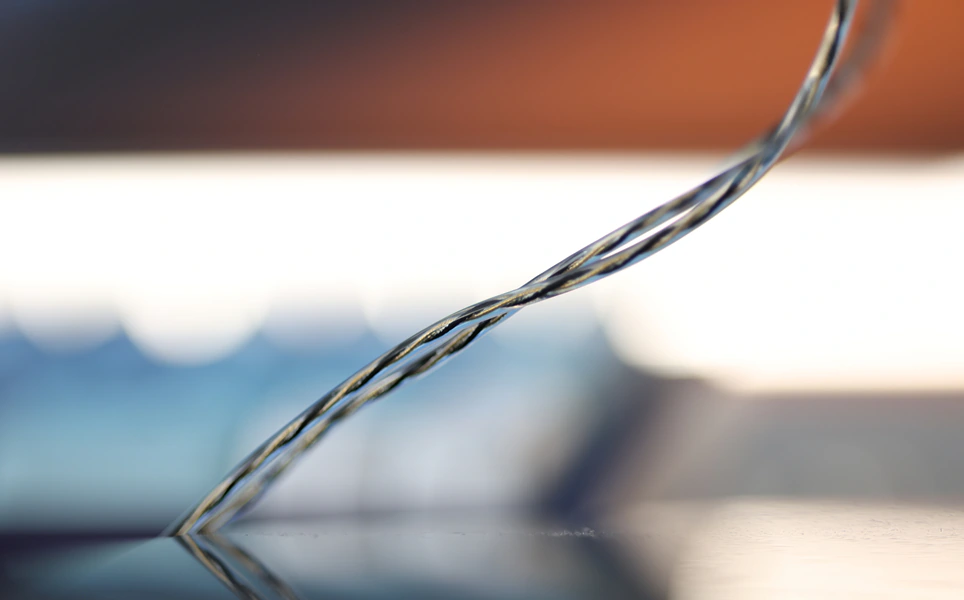
Simgot SM6L is very comfortable and easy to wear. The cable has soft ear guides, is flexible, and a bit springy and tangle prone, but does not conduct much microphonic noise. The eartips provided in the package are of a good quality, although you could get a better comfort using ddHIFI ST35, if the default tips are a bit too hard for your ears. For today’s review I’ve been using a selection of sources including IKKO ITX05, JDS Labs Atom DAC 2 + JDS Labs Atom 2 AMP, FiiO Q15, Shanling UA4, iBasso DX320 MAX Ti, iBasso DX260, HIFIMAN EF600, HIDIZS S9 PRO Plus Martha, Hiby Digital M300, and Drop+xDuoo TA-84 OTL Tube Amplifier. Given the tuning of EM6L, all sources work equally well for driving them, but I prefer the sonics when they’re paired with a high-quality source with a good detail such as DX320 MAX Ti. This being said, dongle DACs work equally well, and they do not scale a lot with the source.
Sound Quality
Overall Signature – There are many Chifi IEMs released every day, and lately they are all trying to aim for the same H-2019 Curve, so it is no surprise that they will sound similar, with a somewhat V-Shaped, basically bringing the bass somewhat more forward and the treble too, but EM6L is a slight exception, and although it tries to achieve that H-2019 Curve, it actually ends up sounding fairly neutral, clean and somewhat grainy in the upper midrange, with a strong, sharp and acute treble.
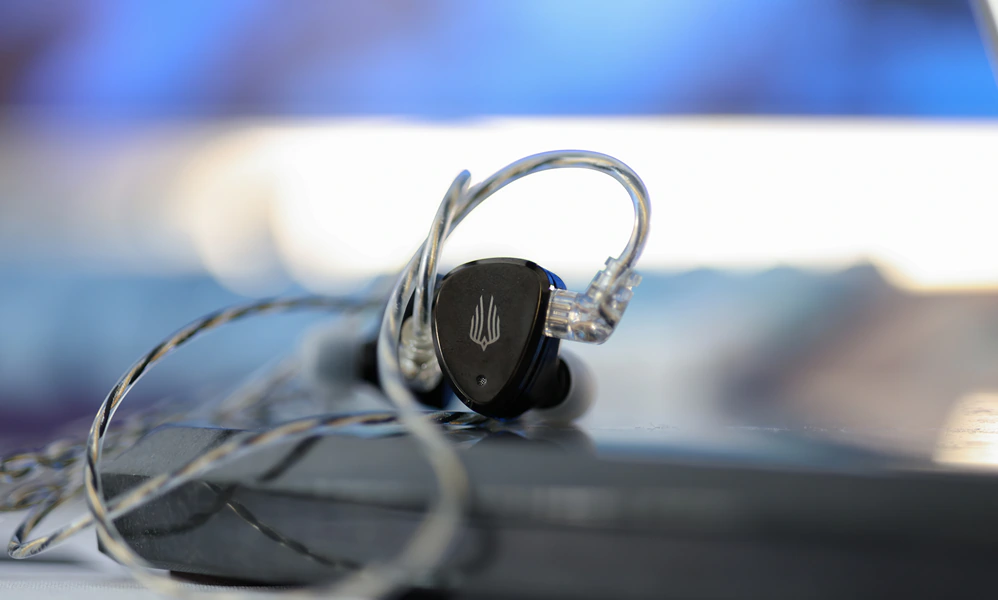
Bass – I was expecting a much stronger bass after just having reviewed the HIDIZS MS3, but Simgot EM6L has a fairly neutral bass, it is present and can reach about 40 Hz in the sub bass, but it only becomes present if the song has quite a bit of bass depth and extra substance, for example in dubstep and EDM songs, and it will be shy and rolled off in rock songs such as Enter Shikari – Leap Into The Lightning, where the bass is shallow, fast, but doesn’t have a lot of depth. Voices are brought forward, while most instruments pushed back, and the treble / cymbals are obvious all throughout the song, although there’s a bit of grain in the upper midrange, which acts both to add texture and detail to the song, but can also color the sound.
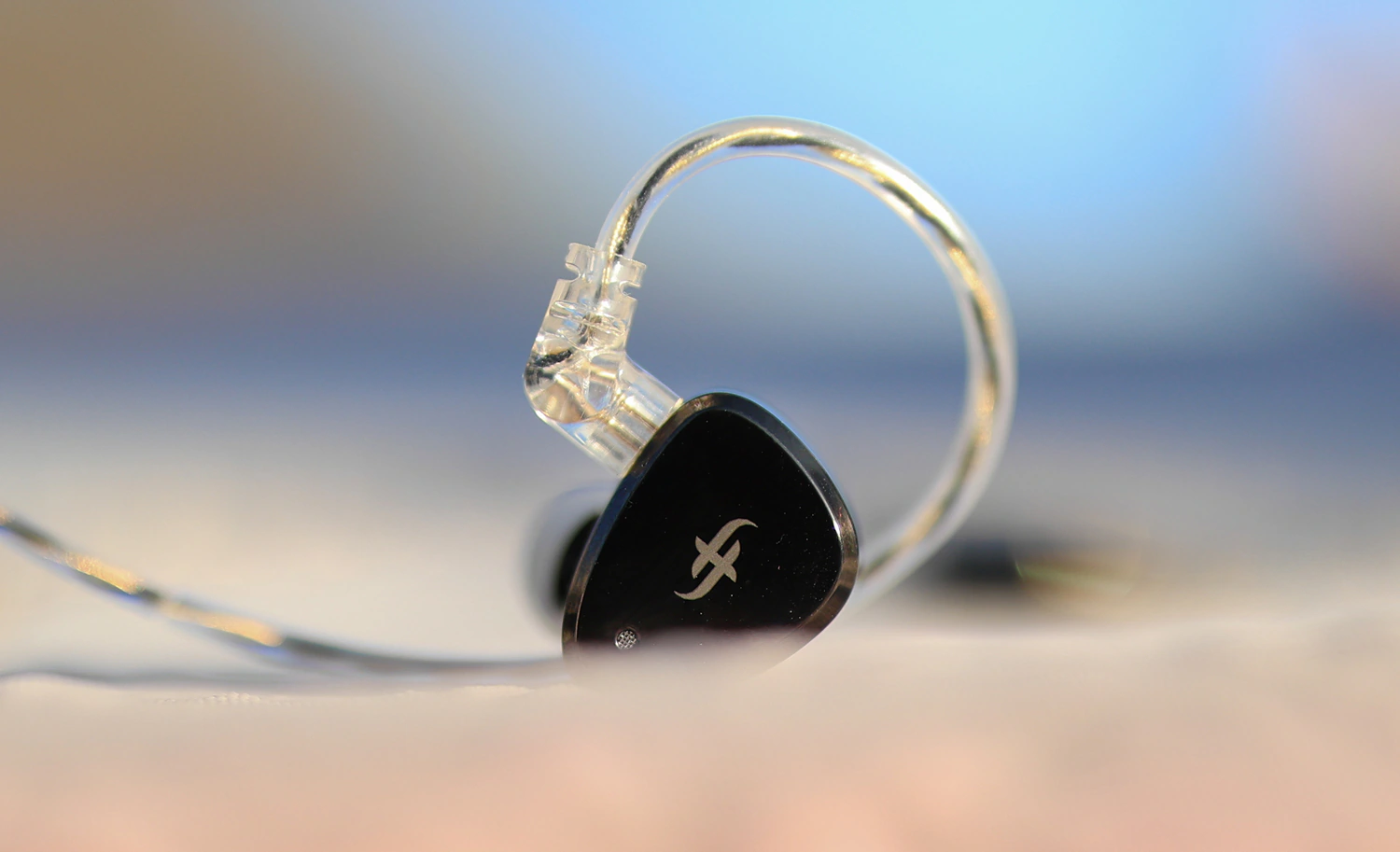
Midrange – The midrange of the EM6L is on the thinner, crisper side of things, as they have a narrow and somewhat strong peak around 3kHz and another one around 6.5 kHz. Those create a midrange peak, and a treble peak which can sound unnatural, and bright, sharp and metallic. In fact, the lower treble peak is right where metallic tinge usually is, and this adds substance and presence to cymbals, but is present in all music, outside of metal and rock too. I am generally not sensitive to treble and I like having a bit of sparkle. It makes the midrange quite sharp, bringing out way more detail than the price range would typically allow it to.
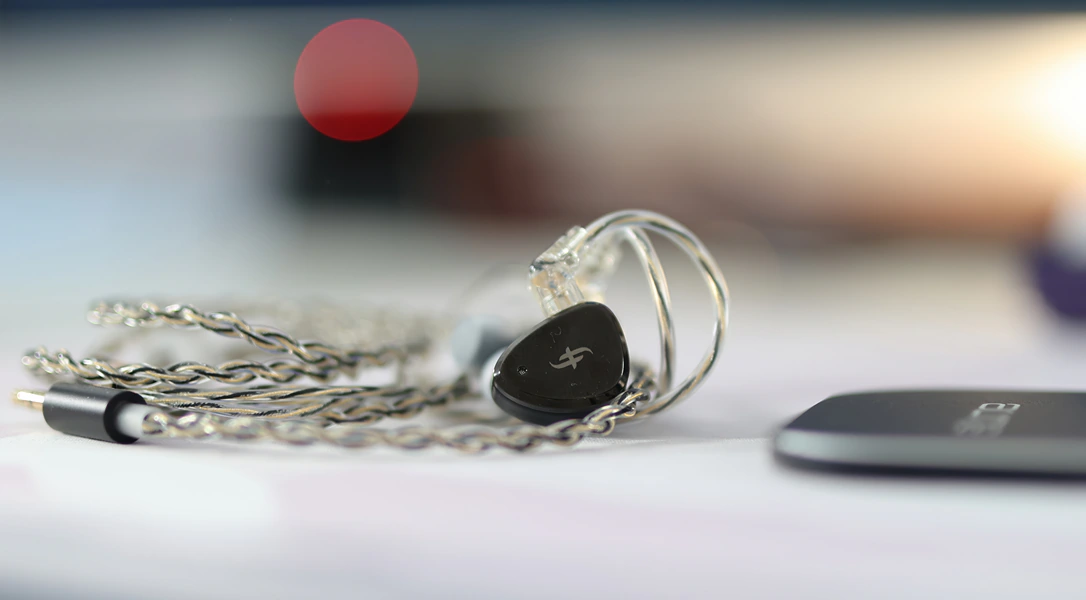
Dynamics / PRaT / Textures / Soundstage / Volume Control – Generally, EM6L has trouble with the volume control, as it becomes sharp, metallic and harsh at loud volumes, and works best at medium and low volumes, where it has the best detail, resolution, clarity and the treble is controlled and adds detail to music. EM6L has a standard Chifi texture, which is very sharp, extruded and evident in music, reveals everything really easily, and shows technical performance much stronger than you’d expect, and the dynamic range is not compressed at all, as EM6L shows strong dynamics, especially at lower volumes. The soundstage is on the wider side, instrument separation is fairly good, and you will hear some instruments which are not apparent with other IEMS, as they are extracted from music by both the 3kHz peak and the 6.5kHz peak.
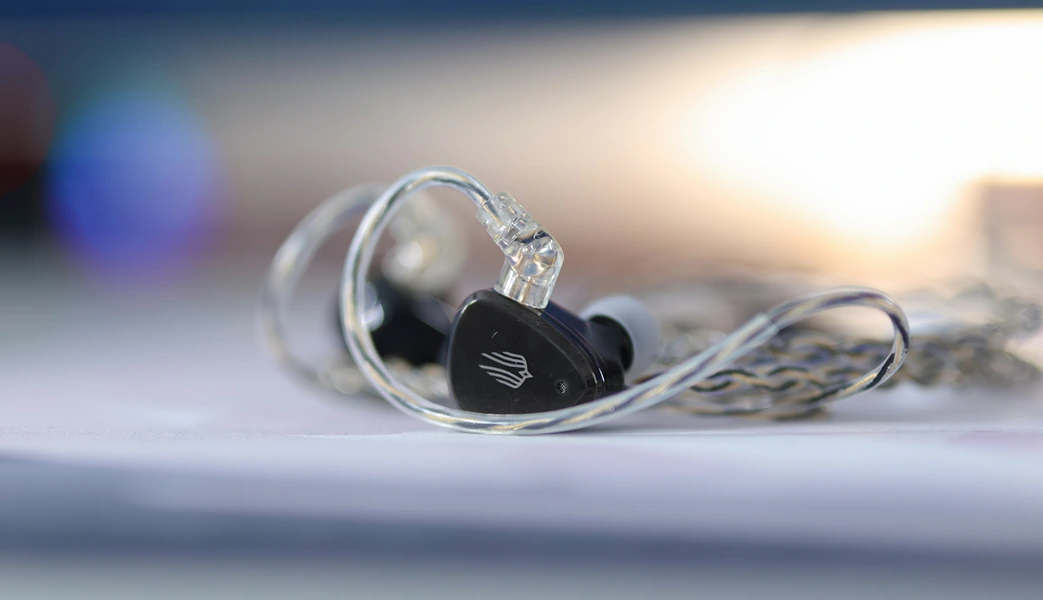
Treble – We have far stronger energy in the lower treble than in the upper treble, and that 6.5kHz peak is audible with most music, it can totally add sharpness to any song, it creates the feeling of resolution and clarity, but the treble rolls off above it softly, leaving enough high-end presence for air and resolution and without choking your music. I find it interesting that aftermarket tips change the tuning heavily, and adding ddHIFI ST-35 will even out both peaks in the frequency response of the EM6L, making it a much smoother, easier to listen IEM.
Comparisons
Simgot EM6L vs HIDIZS MS3 (109 USD vs 109 USD) – The comfort is quite good on both, both come with nice cables, but MS3 comes with only a pouch in the package, while EM6L comes with a more traditional entry-level transport case. Both IEMs isolate about equally from the outside noise, and both have a similar comfort and fitting. The sound of MS3 is deeper, has a deeper reach in the sub bass, more contrast, and more detail, but EM6L has a far brighter treble and a more pronounced peak, which creates the feeling of sharpness, clarity, but also can be more fatiguing faster.
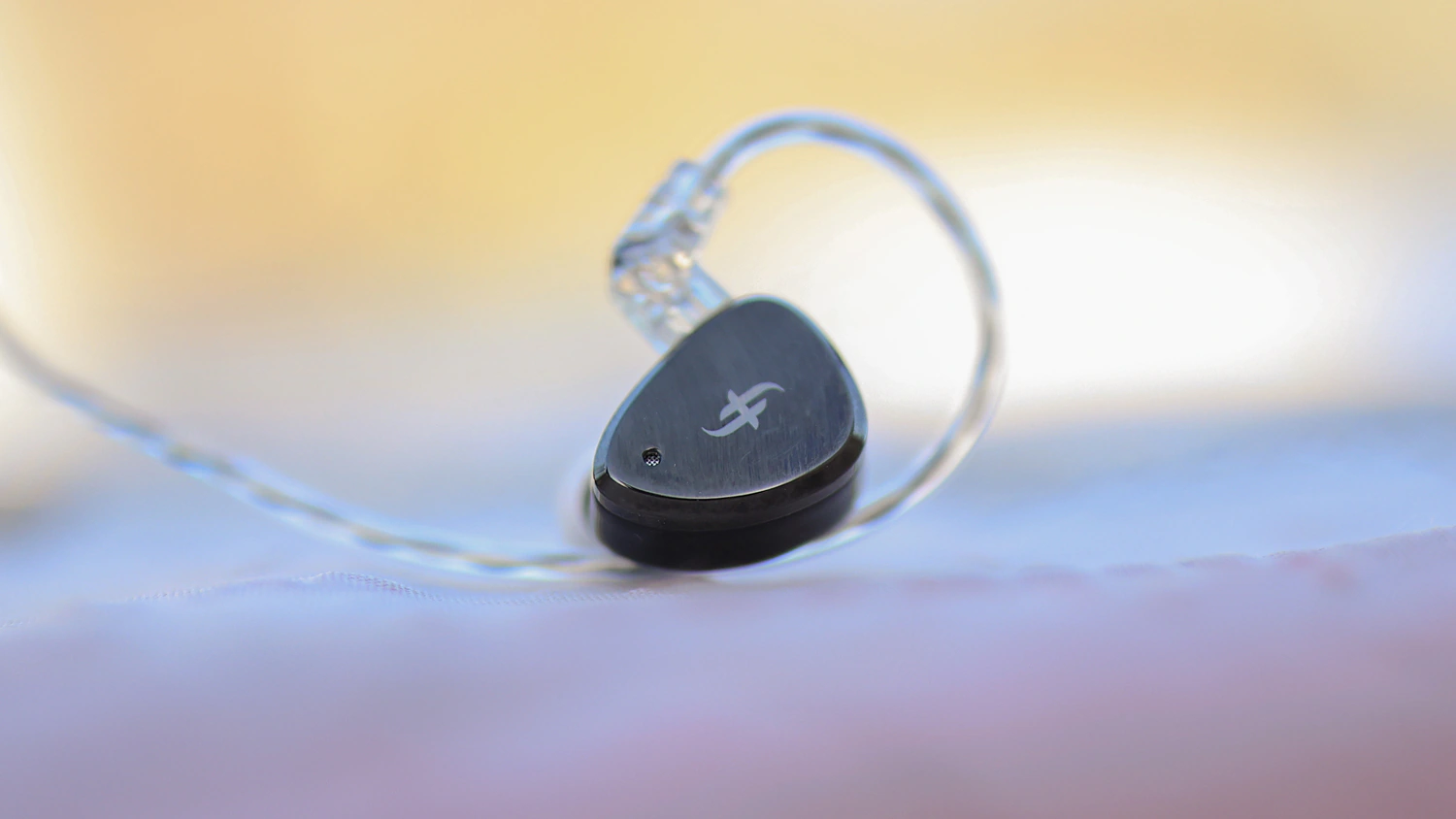
Simgot EM6L vs ddHIFI Janus 3 (109 USD vs 129 USD) – We have a better comfort from Janus 3 which is smaller, has a more ergonomic shape and comes with even better quality cables. The transport case of the Janus 3 is more premium, and they come with arguably some of the best eartips out there, which I would even recommend upgrading to and using with EM6L. This being said, Simgot EM6L has a better passive noise isolation than Janus 3. The sound of the two is really different, with EM6L sounding much sharper at the treble peak, but also having a much more forward midrange, more extracted detail, but less bass and less warmth, sounding colder and harsher overall. Janus 3 sounds more airy, has a wider, larger and deeper soundstage.
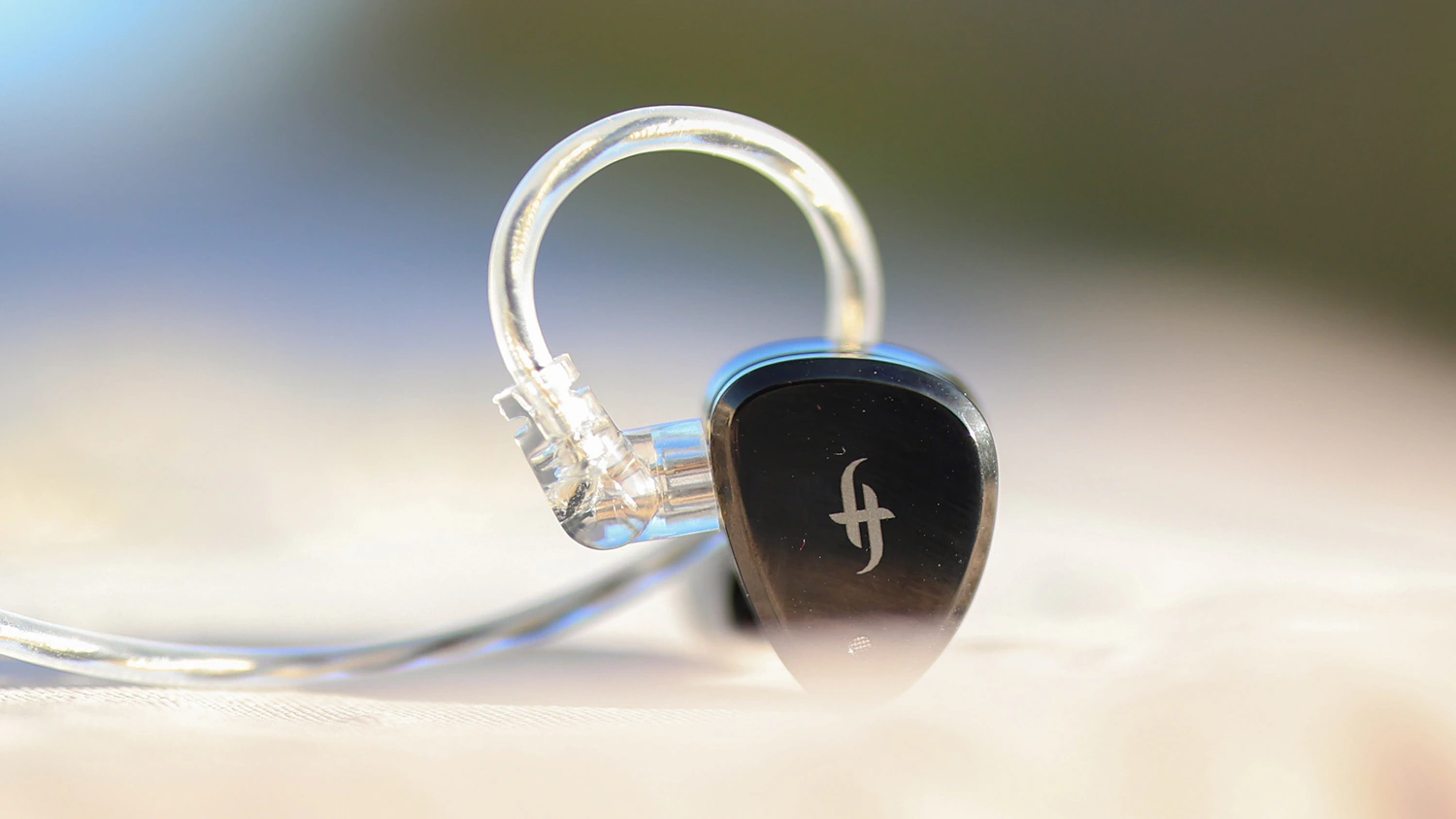
Simgot EM6L vs Tangzu Fudu Verse 1 (109 USD vs 89 USD) – Fugue verse 1 has a very similar shape and size, weight and cable quality when compared to the EM6L, although if I had to pick one, the cable of EM6L is slightly more premium and sturdier. Both IEMs have about the same level of passive noise isolation, and neither doesn’t have any kind of void or driver flex, but both are about equally sensitive to source hissing and noise. Sonically, EM6L is a V-Shaped sounding IEM, or even W Shaped if you take into account the midrange peak, but Verse 1 is a smooth, bassy IEM with a strong bass, not a lot of treble, and much more impact and depth. EM6L has a wider, more holographic soundstage, better resolution and revealing ability, while Verse 1 is the basshead IEM to get in the entry-level range.
Value and Conclusion
Chifi is a place to find happy deals, and Simgot EM6L is one such case, where you get a strong performance for the money paid, and as long as you don’t have aspirations of this being a flagship, it offers performance that’s really good for the money paid, including the comfort, resolution, and cable quality.

At the end of the day, if you’re looking for a fairly neutral sounding IEM with a good amount of space between the instruments, and a sharp, bright treble, with a clean midrange and good resolution, Simgot EM6L is an excellent option with super price / performance available today.
Product Link
You can grab one from www.amazon.com here – https://amzn.to/4axaChE
Technical Specifications

Impedance – 26Ω±15%(@1kHz)
Sensitivity – 119dB/Vrms(@1kHz)
Frequency Response Range – 8Hz-40kHz
Effective Frequency Response – 20Hz-20kHz
Earphone connector – 0.78mm QDC
--- Please remember to stay safe, and always have fun while listening to music!---
- If you have a dime to spare, please donate, and help us! It would make the day brighter for me and my wife-
Full Playlist used for this review
We listened to more songs than those named in this playlist, but those are excellent for identifying a sonic signature. I recommend trying most of the songs from this playlist, especially if you’re searching for new music! The playlists are different for Spotify, Tidal and Youtube, and based on the songs I enjoy and are available on each!
https://www.youtube.com/playlist?list=PL_cjBXGmwSHSdGcwuc_bKbBDGHL4QvYBu
https://open.spotify.com/playlist/5J3oloz8Riy9LxEGenOjQ0?si=979ba4f082414be7
https://tidal.com/browse/playlist/330fd544-8e5b-4839-bd35-676b2edbb3d5
--- Contact Us ---





